1. Land resources
One of the great resources that nature has endowed Dak Lak with is land resources. The whole province has a natural area of 13,085 km2, mainly consisting of gray soil, red basalt soil and some other groups such as alluvial soil, gley soil, black soil. Soils formed from basalt have quite high fertility (pH/H2O from neutral to acidic, total nitrogen and phosphorus are quite high). The high uniformity between natural fertility and actual fertility of soil groups and soil types, distributed on the Buon Ma Thuot plateau, stretching about 90 km in the northeast - southwest direction and about 70 km wide. The north of this plateau (Ea H'Leo) is nearly 800m high, the south is 400 m high, the further west is only 300 m, the plateau surface is very flat with only a few hills and mountains. - Alluvial soil group (Fuvisols): Formed and distributed along rivers and streams in the province. The properties of this soil type depend on the weathering products of the sample. - Gley soil group (Gleysols): Distributed mainly in low-lying areas of Lak, Krong Ana and Krong Bong districts. - Grey soil group (Acrisols): Is the largest group among the soil groups present in Dak Lak, distributed in most districts. - Red soil group (Ferrasol, mainly basalt red soil). Is the second largest soil group (after grey soil), accounting for 55.6% of the area of basalt red soil in the Central Highlands. Basalt red soil also has good physical properties, a lumpy structure with an average porosity of 62 - 65%, high water retention and nutrient absorption capacity... very suitable for industrial crops with economic value such as coffee, rubber, tea, pepper... and many other fruit trees and short-term industrial crops. This is a very important advantage in terms of agricultural development conditions in Dak Lak province. 2. Water resources a) Surface water resources With the characteristics of climate and hydrology and with 3 river systems distributed relatively evenly across the territory (Srepok river system; Ba river system, Dong Nai river system) along with hundreds of reservoirs and 833 streams with a length of over 10km, Dak Lak has a fairly dense network of rivers and lakes. b) Groundwater resources Concentrated mainly in Basalt formations & Quaternary Neogene sediments, existing mainly in 2 forms: Porous water and fissure water. Estimated total reserves: Water quality is of the type of super-light water, mineralization level M = 0.1 - 0.5, pH = 7-9. Chemical types are usually Bicarbonate Chloride - Magnesium, Calcium or Sodium. 3. Forest resources After the separation of the province, the forested land area of Dak Lak is 608,886.2 ha, of which natural forest is 594,488.9 ha, planted forest is 14,397.3 ha. Dak Lak forests are evenly distributed throughout the districts in the province, especially the border corridor of the province with Cambodia. Dak Lak forests are rich and diverse, often with a 3-layer structure: timber trees, with high protective effect; there are many types of specialty trees with both economic and scientific value; distributed in favorable site conditions, so the density of regenerated forests is quite large. Therefore, forests play an important role in preventing soil erosion, regulating water resources and limiting natural disasters. Dak Lak forests have many rare animals distributed mainly in Yok Don National Park and Nam Kar and Chu Yangsin conservation areas... There are many rare animals listed in our country's Red Book and some listed in the world's Red Book. Forests and forestry land play an important role in the province's socio-economic development. 4. Mineral resources Dak Lak is not only endowed by nature with land and forest resources but also very rich and diverse in mineral types. In the province, there are many mineral mines with different reserves, many of which are rare. Such as kaolin clay (in M'Drak, Buon Ma Thuot - over 60 million tons), brick and tile clay (Krong Ana, M'Drak, Buon Ma Thuot - over 50 million tons), gold (Ea Kar), lead (Ea H'Leo), phosphorus (Buon Don), Peat (Cu M'Gar), precious stones (Opal, Jectit), paving stones, construction stones, construction sand... distributed in many places in the province.
Provincial Information Portal


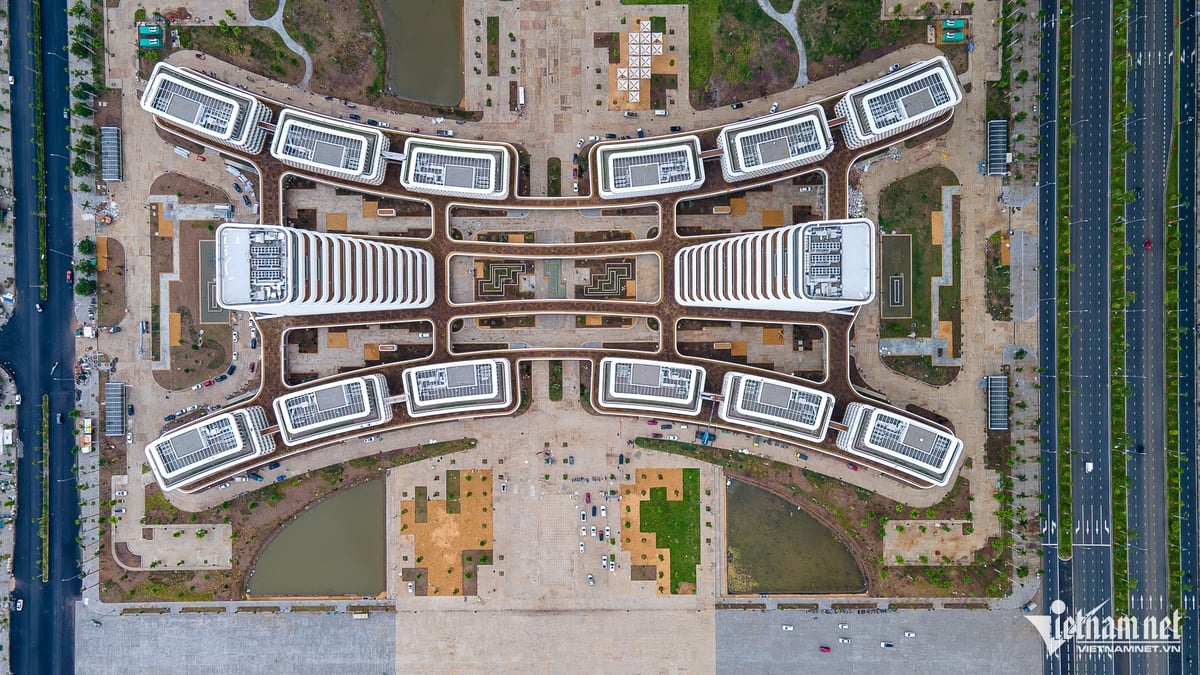
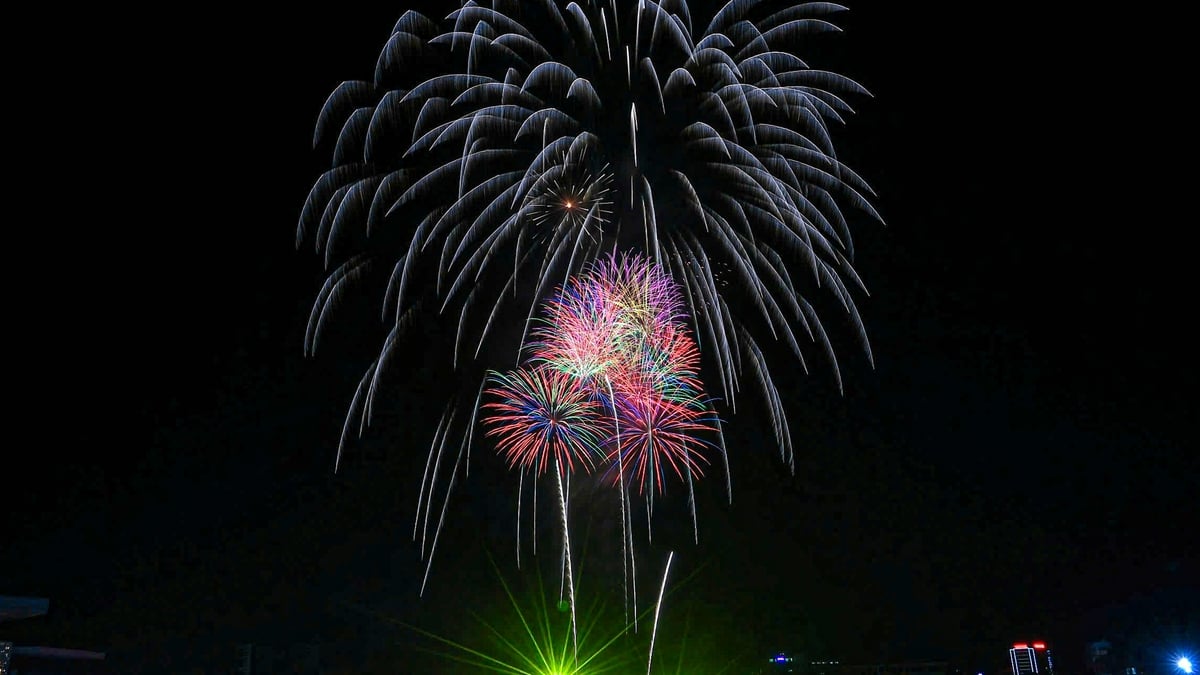


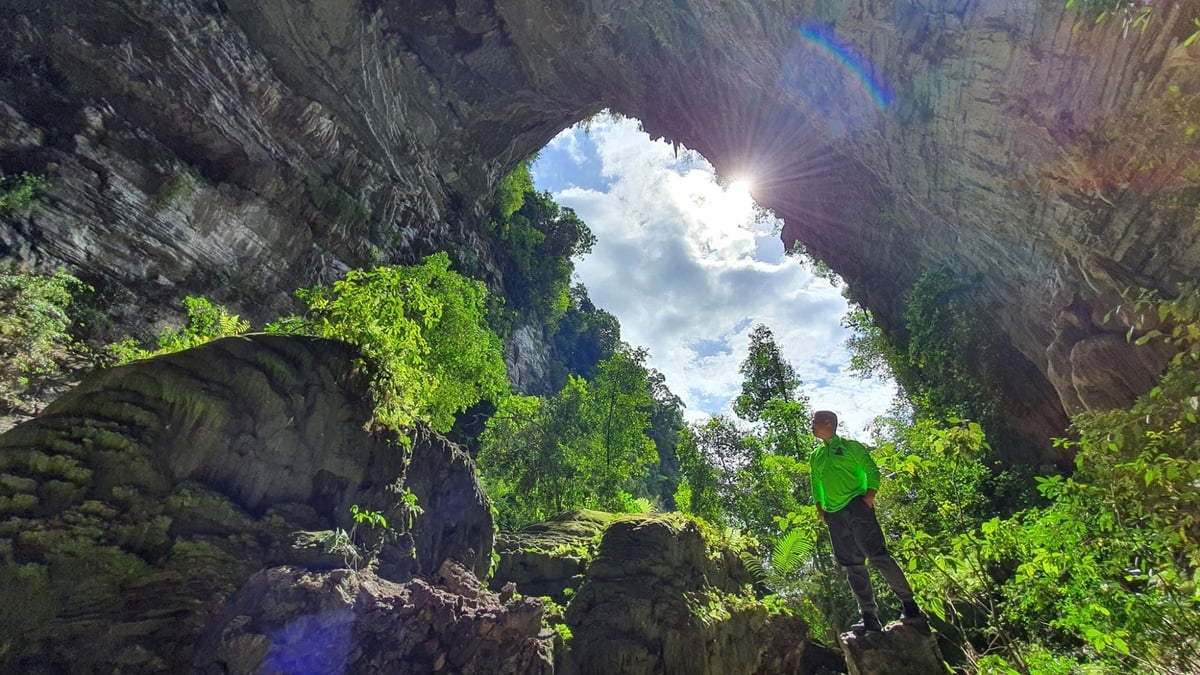
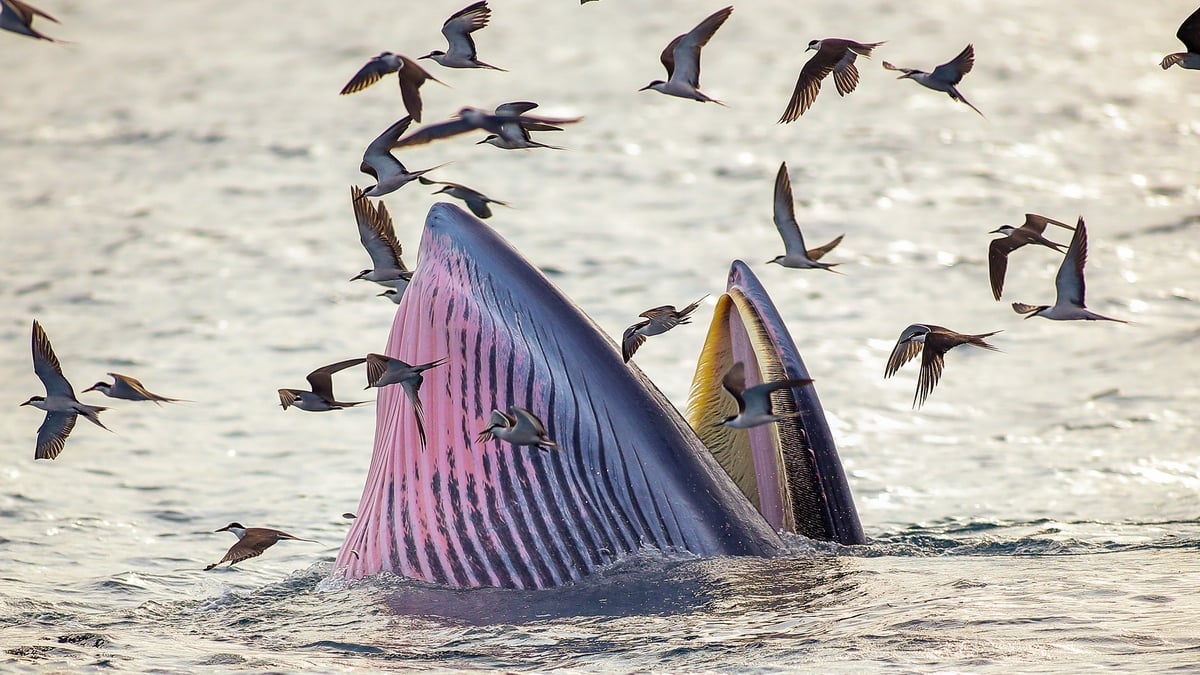
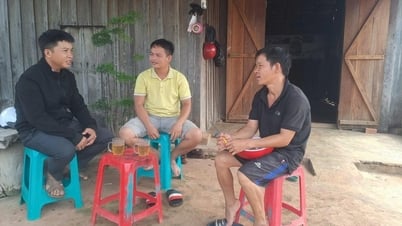

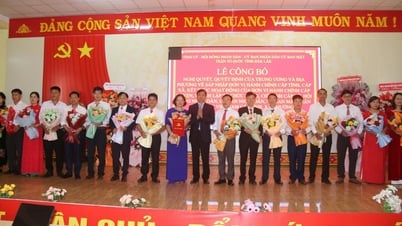
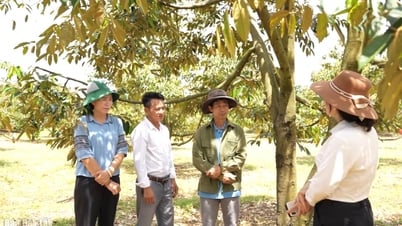
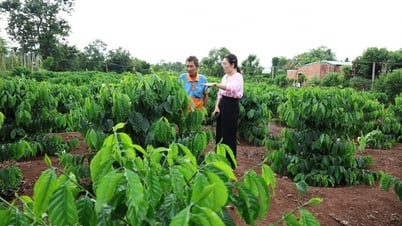
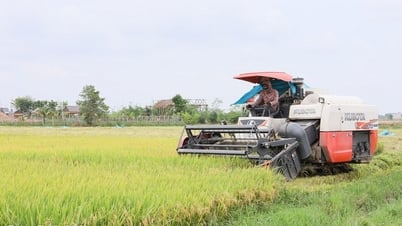
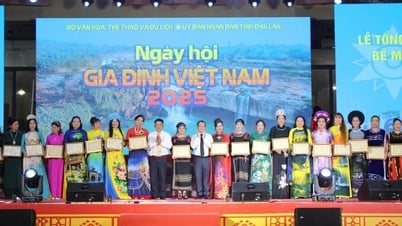




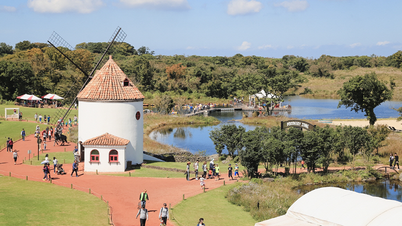
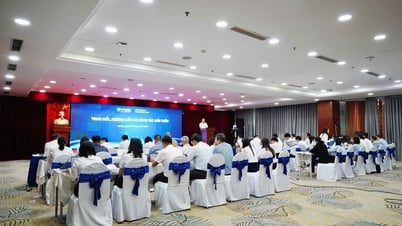
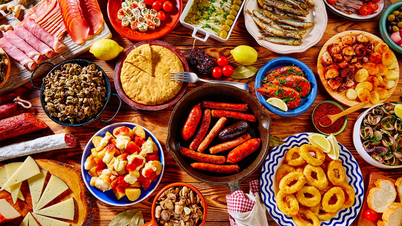
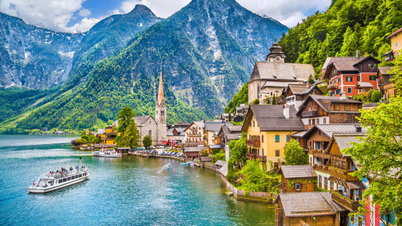
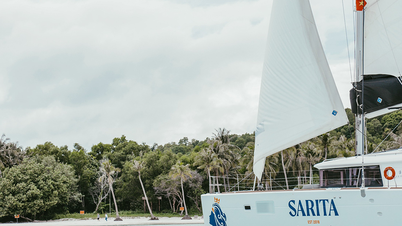
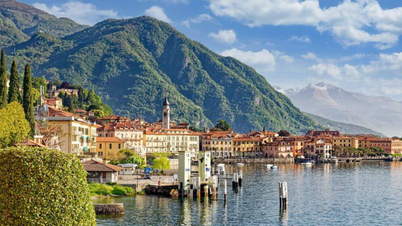
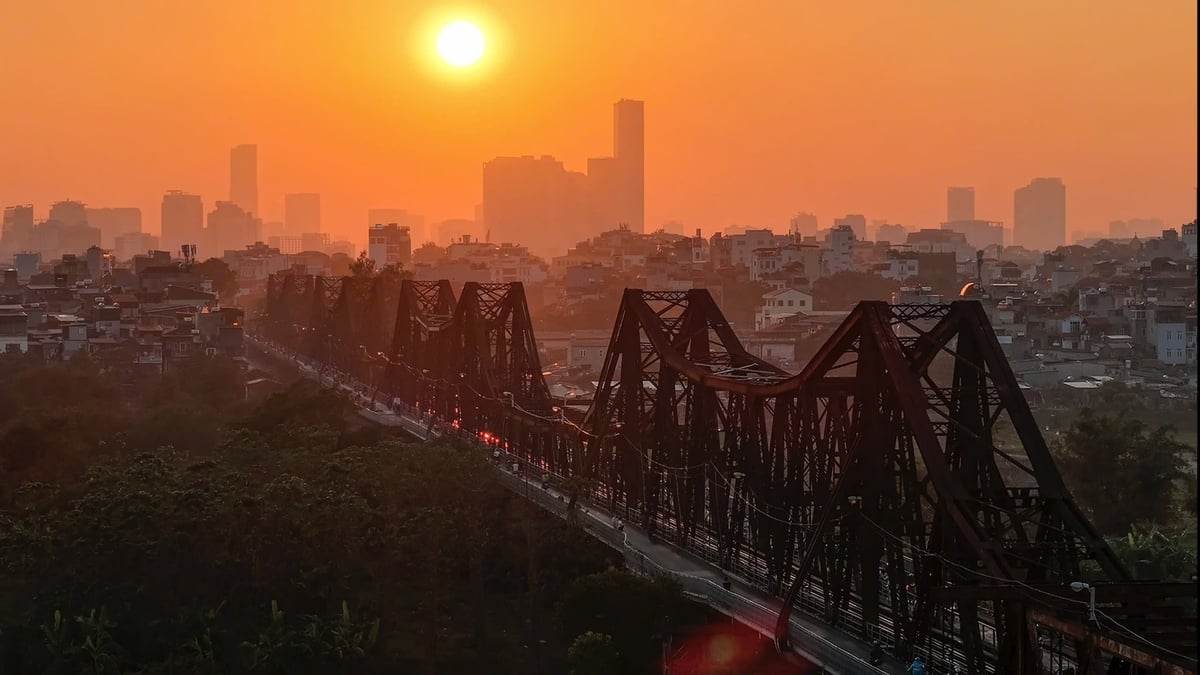
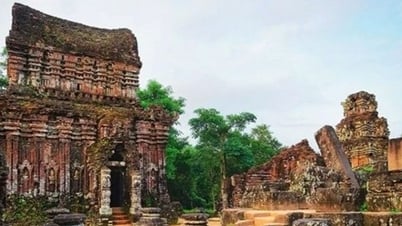

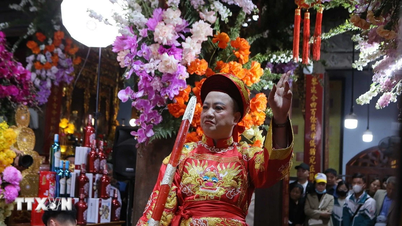

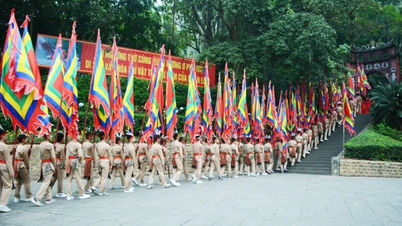

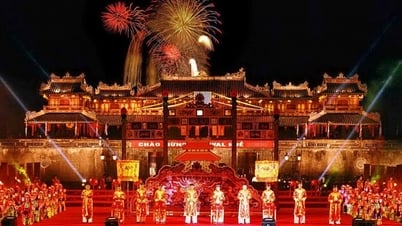



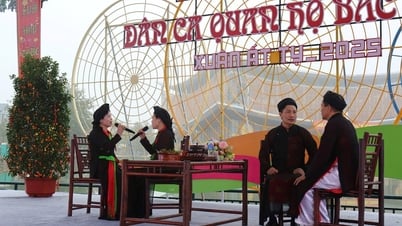



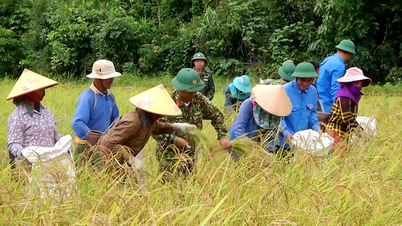
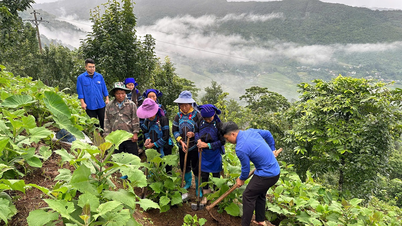

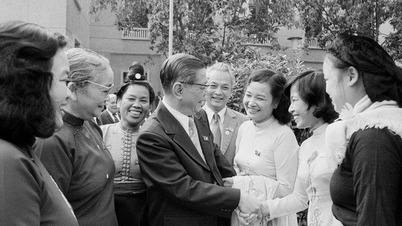
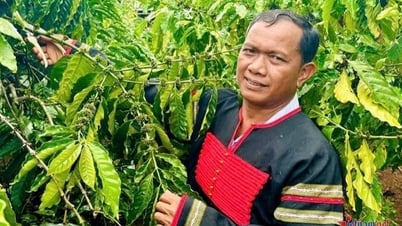

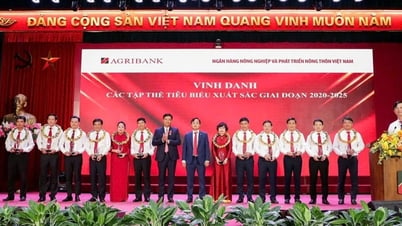






















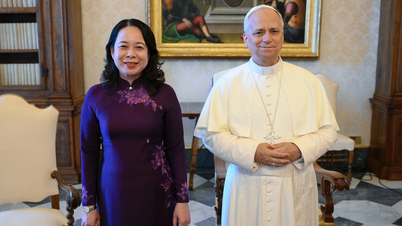

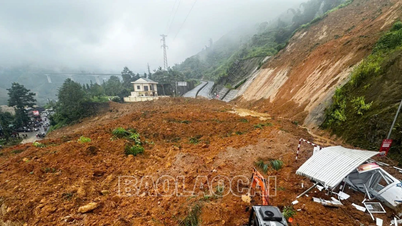

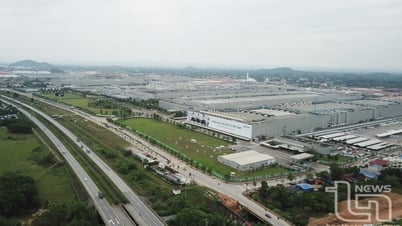



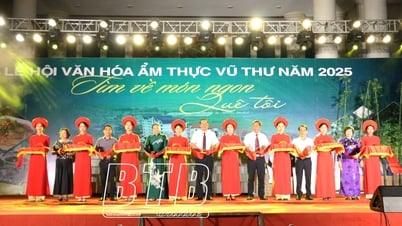

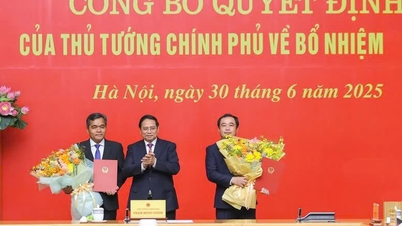




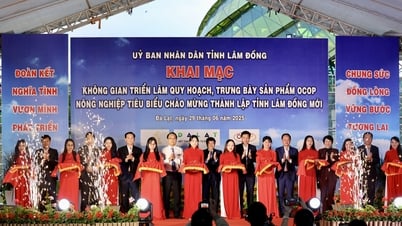



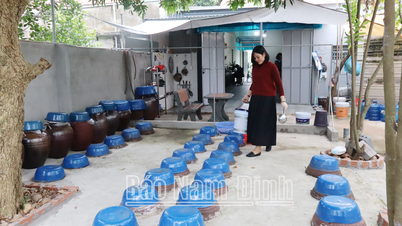



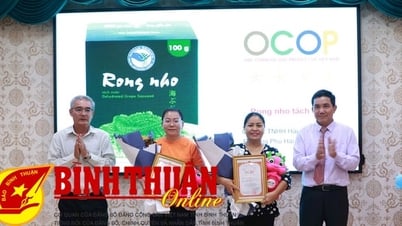


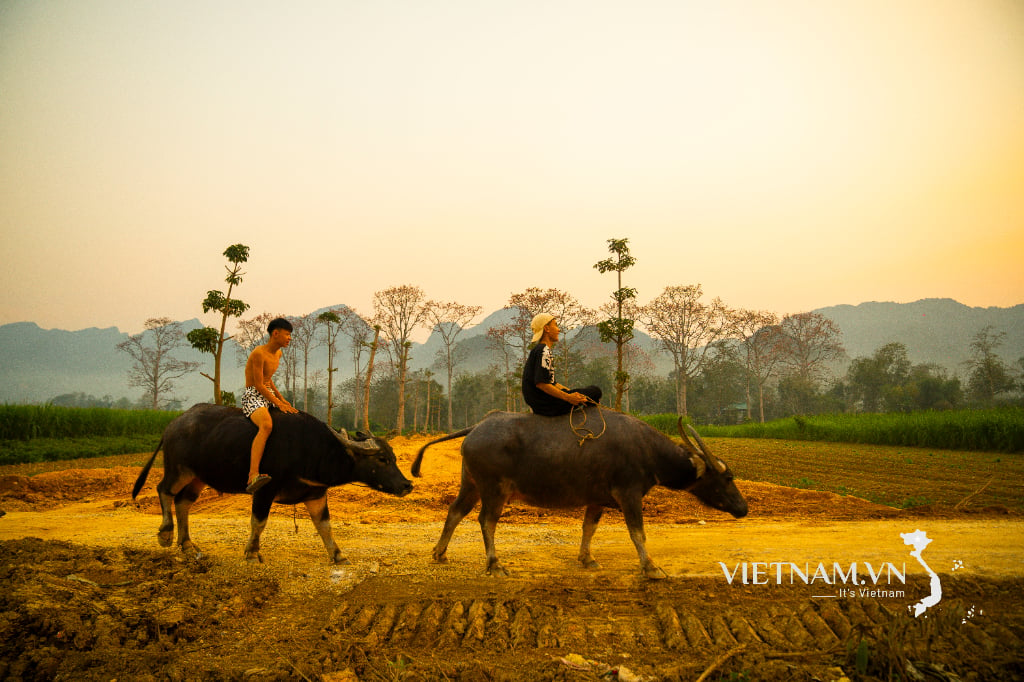
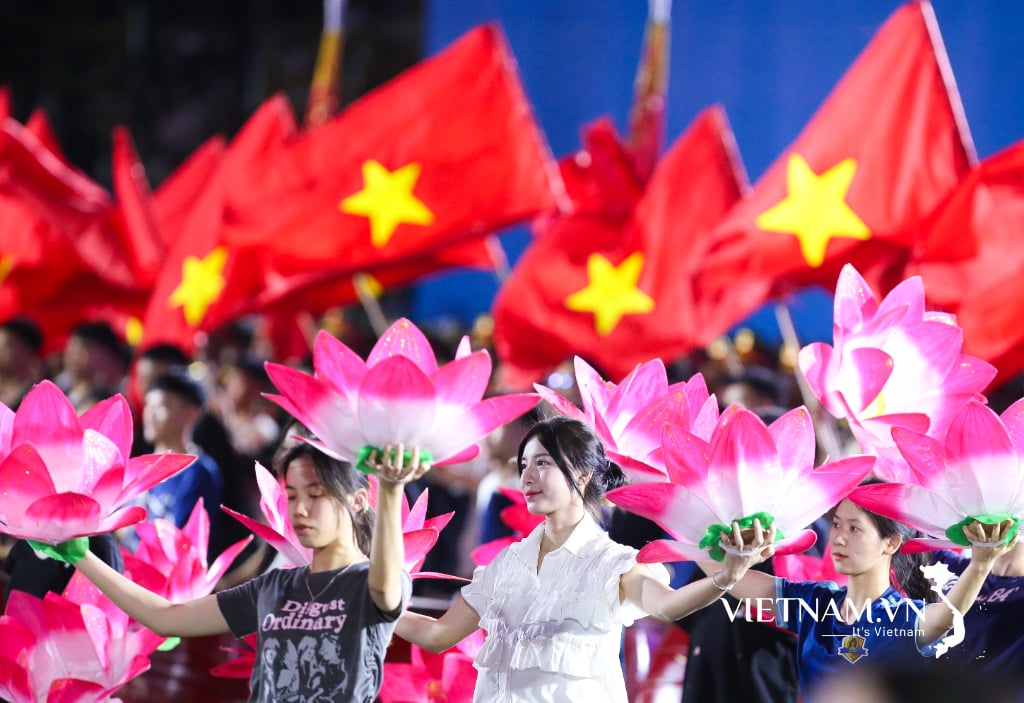

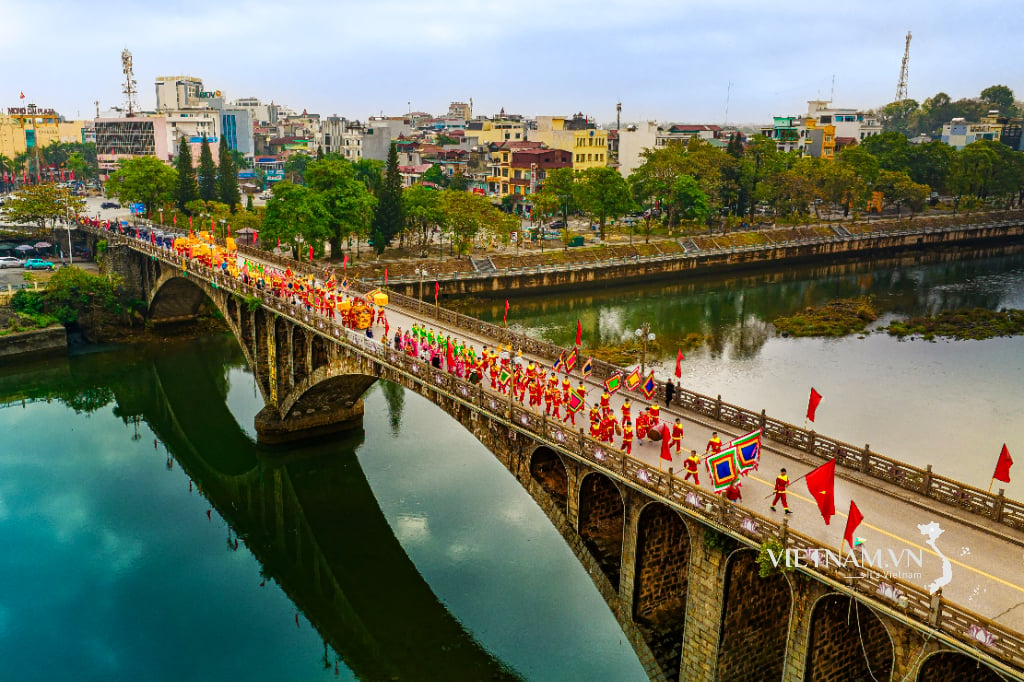
Comment (0)